Marine Diesel Engines/Судовые дизельные двигатели
Издание на английском языке
For very good reasons, the diesel engine is now the overwhelming choice for sailboat auxiliaries, and it is becoming more popular in sportfishing boats, high-performance cruisers, and large sportboats. Diesels have an unrivaled record of reliability in the marine environment; they have better fuel economy than gasoline engines; they are more efficient at light and full loads; they emit fewer harmful exhaust pollutants; they last longer; and they are inherently safer because diesel fuel is less volatile than gasoline.
См. также Дизельный двигатель + DVD на русском.
Content
List of troubleshooting charts
Preface to the third edition
Preface to the second edition
Introduction
One
Principles of Operation
Compression Ignition
Converting Heat to Power
Expansion and Cooling
Gasoline Engines
Cost and Power-to-Weigh
Types of Diesels
Principal Engine Components
Two
Details of Operation
Section One: The Air Supply
Volumetric Efficiency
Naturally Aspirated Engines
Superchargers and Turbochargers
Intercoolers and Aftercoolers
Section Two: Combustion
The Importance of Turbulence
Injector Spray Patterns
Techniques for Creating Turbulence
Section Three: Fuel Injection
Jerk (In-Line) Pumps
Distributor (Rotary) Pumps
Unit Injectors
Common Rail Systems
Injectors
Lift Pumps
Section Four: Governors
Simple Governors
Vacuum Governors
Section Five: Electronic Engine Controls
Networking
Limping Home
Section Six: Keeping Things Cool
Raw-Water Cooling
Heat Exchanger Cooling
Keel Cooling
Wet and Dry Exhausts
Three
Routine Maintenance: Cleanliness is Next to Godliness
Section One: Clean Air
Routine Maintenance
Section Two: Clean Fuel
Lubrication
Contamination
Fuel Handling
Fuel Filters
Section Three: Clean Oil
The API "Donut"
Oil Changes
Changing Filters
Section Four: General Cleanliness
Clean Water
Clean Electrical Systems
A Clean Engine
Scheduled Overhauls
Section Five: Winterizing
Four
Troubleshooting, Part One: Failure to Start
Section One: Failure to Crank
Water in the Engine
Starter Motor Does Not Crank
Inertia and Preengaged Starters
Circuit Testing
Motor and Solenoid Disassembly, Inspection, and Repair
Section Two: Failure to Fire
An Unobstructed Airflow
Achieving Ignition Temperatures
Fuel Problems
Five
Troubleshooting, Part Two: Overheating, Smoke, Loss of Performance, and Other Problems
Overheating
Smoke
Loss of Performance
Oil-Related Problems
Inadequate Turbocharger Performance
Problems with Engine Instrumentation
Six
Repair Procedures, Part One: Cooling, Exhaust, and Injection Systems
The Cooling System
Water Pumps
The Exhaust System
Governors
Fuel Injection Pumps
Injectors
Gaskets
Seven
Repair Procedures, Part Two: Decarbonizing
Preparatory Steps
Cylinder Head Removal
Valves
Cylinders
Pistons and Connecting Rods
Piston Rings
Replacing Pistons and Connecting Rods
Replacing Cylinder Heads
Retiming an Engine
Accessory Equipment
Eight
Marine Transmissions
Planetary Transmissions
Two-Shaft Transmissions
Variations on a Theme
Shaft Brakes
Transmission Maintenance
Troubleshooting and Repairs
Nine
Engine Selection and Installation
Section One: Engine Selection
Matching an Engine to Its Load
How Much Horsepower Do You Need?
ВНР, SHP, and Auxiliary Equipment
Section Two: Propeller Sizing and Selection
Propeller Sizing
Propeller Selection
Section Three: Connecting the Transmission to the Propeller
Couplings
Engine Alignment
Constant-Velocity Joints
Shaft Seals
Struts and Bearings
Section Four: Auxiliary Systems
Ventilation
Fuel Tanks
Cooling
Exhaust
Auxiliary Equipment
Some Electrical Considerations
Serviceability
Postscript: Diesel-Electric Propulsion
Appendices
Glossary
Index
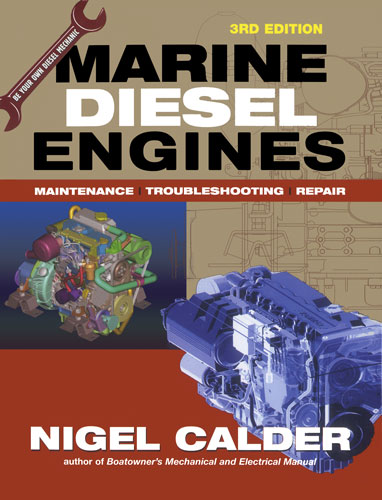
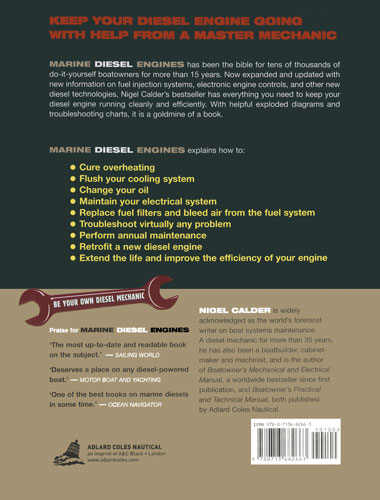



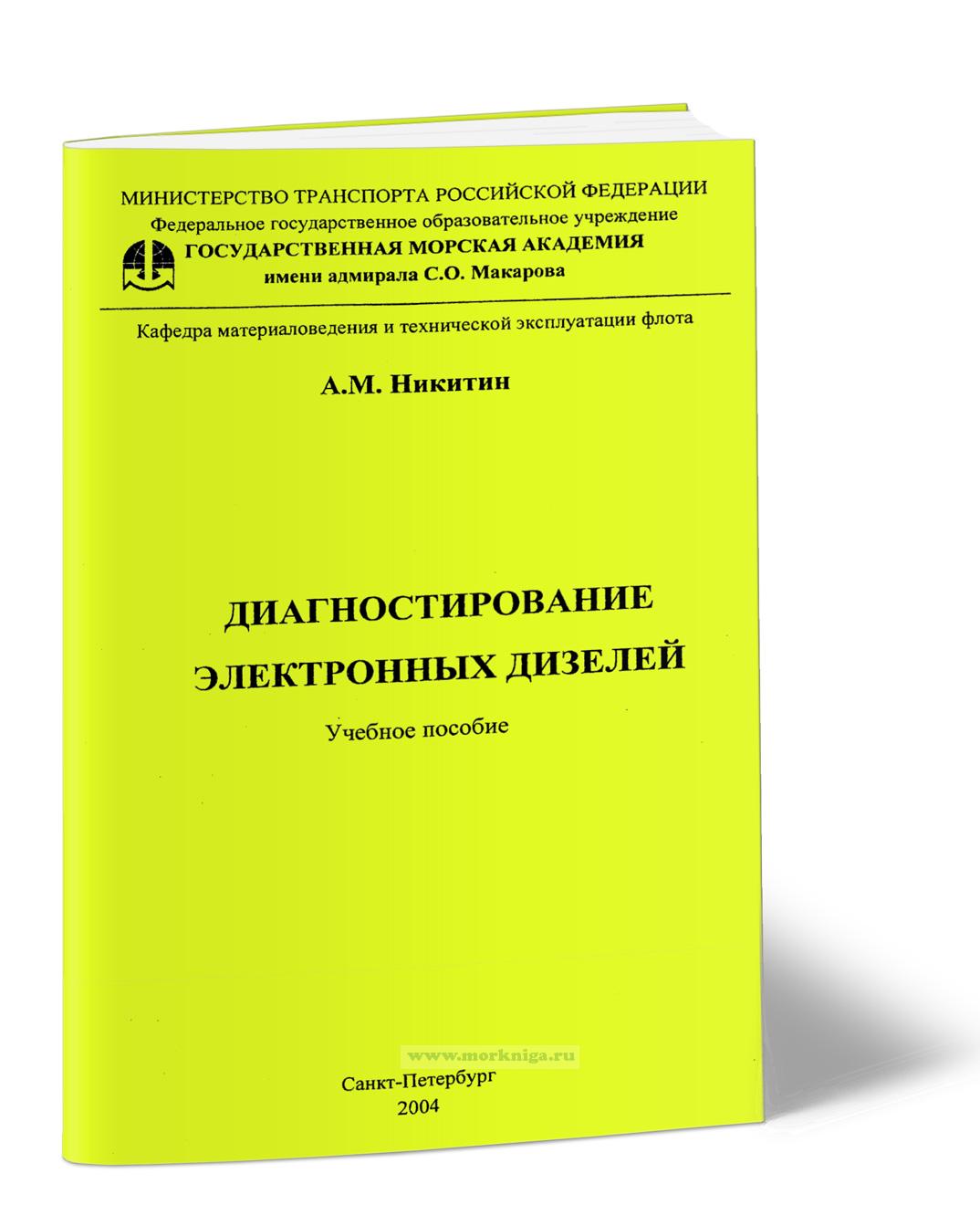 Диагностирование электронных дизелей
Диагностирование электронных дизелей 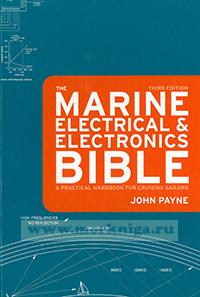 The Marine Electrical & Electronics Bible. A practical handbook for cruising sailors. Third edition
The Marine Electrical & Electronics Bible. A practical handbook for cruising sailors. Third edition 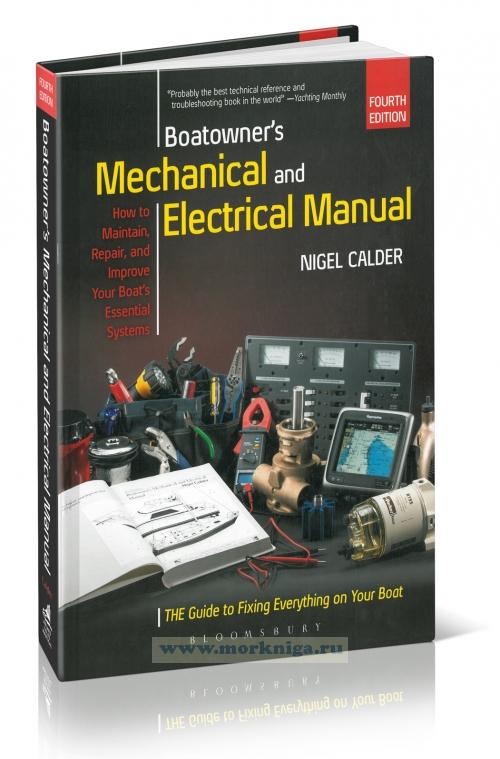 Boatowner’s Mechanical and Electrical Manual. Fourth Edition/Руководство судовладельца по механическим и электрическим системам
Boatowner’s Mechanical and Electrical Manual. Fourth Edition/Руководство судовладельца по механическим и электрическим системам